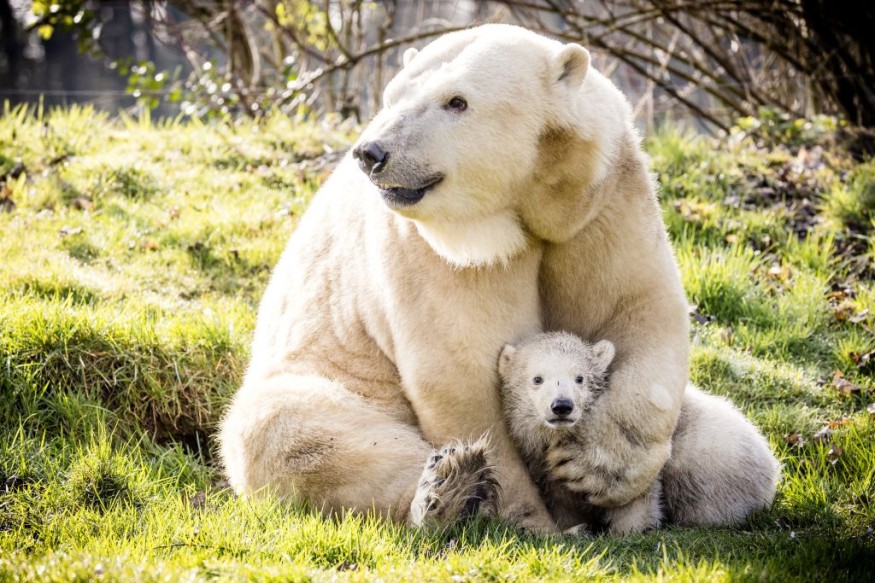The latest report shows that climate change has continued to threaten the polar bear population in Hudson Bay, which can suffer from local extinction.
Climate change has been a major concern, bringing the extreme weather concerns:
- Wildfires
- Drought
- Huricanes, Heavy Rains
- Heatwaves
These effects have devastating consequences for many species, including polar bears. Understanding the aftermath of climate change on polar bears, which depend on sea ice, is essential for their conservation and protection efforts.
Polar Bears in Hudson Bay: How Does Climate Change Affect Them?

According to the latest reports, polar bears risk local extinction due to mid-century global warming. Monitoring their activities shows they are vulnerable to population decline.
Climate change has been a significant contributor to global warming. Researchers warned that mid-century global warming, exceeding the 22°C limit set under the Paris Climate Accords, could cause the decline of these animals.
Another concern is the effect of climate change on sea ice. The report raised concerns about the decline in sea ice, which is significant for polar bears. When sea ice becomes thin, it will become challenging for polar bears to hunt seals and other potential food sources.
In addition, the collapse could occur in the southern bear population, including the western population. When these habitats become unsuitable for breeding and hunting, polar bears can likely suffer from population decline.
In the event of 2°C warming, the report emphasizes that southern Hudson Bay can likely transform into an ice-free area for more than 180 days. Additionally, researchers noted that this problem can lead to a more extended period, making local extinction possible.
While polar bears have been adapting to temperature fluctuations and more extended periods on land for food, meeting the calories needed by their regular marine diets is still challenging.
The Paris Climate Accords: Why Is It Important for Polar Bears?
Due to global warming's alarming impacts, the 2015 Paris Agreement aims to reduce temperatures below 2°C. This reduction or decline can potentially mitigate the worst consequences of climate change.
Polar bears and other species can experience widespread habitat loss and local extinction when global warming exacerbates.
With the decline of sea ice, polar bears will have no firmer platform to hunt seals and cross the seas. These animals can likely suffer from malnutrition, diseases, or death.
Addressing the increasing temperature problem is crucial for protecting the bear population from local extinction. Additionally, reducing greenhouse gas emissions can save polar bear numbers from decline.
With the potential local extinction, continuously monitoring the polar bear numbers can help analyze the impacts of climate change.
Related Article : Black Bear in California Coming Out from Hibernation Wanders Around Lake Tahoe Ski Resort, Forces Its Closure
For more similar, don't forget to follow Nature World News
© 2025 NatureWorldNews.com All rights reserved. Do not reproduce without permission.





